Article: Waris Larmandier - Fall 2025 -
Waris Larmandier - Fall 2025 -

In Champagne, “terroir” may rhyme with “histoire,” but few houses live that truth more vividly than Waris-Larmandier. Based in the Grand Cru village of Avize, this grower estate is a living story. Founded in 1989 by Marie-Hélène Larmandier and her husband Vincent Waris, both fifth-generation growers, the estate was born from a marriage of deep regional roots and a shared belief in the expressive power of chalk.
Their journey began modestly—renting parcels, handcrafting small lots—but took a sudden turn in 2000 when Vincent passed away at just 33, leaving Marie-Hélène and their three young children to decide the future. Selling was an option. Continuing was a gamble. The children—then 10, 8, and 7—voted unanimously: we go on. And so they did.
Today, Waris-Larmandier is run by the sixth generation, and it shows. Jean-Philippe, the eldest, studied with biodynamic icon Benoît Lahaye and introduced regenerative farming in 2009. His brother Pierre-Louis, trained in architecture, brings structural vision to the estate. Inès, the youngest, infuses everything from labels to bottle design with her artistic touch. Together with their mother, they form the “racines de trois”—the three roots—a motif that appears on every bottle and lives in every decision.
At the heart of the domaine is 9 hectares of vineyards, centered on Grand Cru villages in the Côte des Blancs: Avize, Chouilly, Cramant, Oger, and Le Mesnil-sur-Oger. These chalk-rich parcels, some with vines planted as early as 1895, are the soul of their wines. But the family also farms Pinot Noir and Meunier from Chamery, Bligny, and the Aube, crafting a thoughtful range that balances laser-focused Chardonnay with broader, more structured expressions.
Their farming is certified biodynamic and organic, the product of a decade-long conversion rooted in philosophy, not fashion. Jean-Philippe doesn’t just farm without chemicals—he advocates across Champagne for sustainable practices, helping others make the same shift.
In the cellar, the wines are crafted with minimal intervention and obsessive care. Grapes are pressed in an old-school basket press, and

only the free-run juice is used. Indigenous yeasts guide spontaneous fermentations, with aging in stainless steel, neutral 600L demi-muids, and barrels sourced from both Burgundy and Avize. Lees aging is extensive: even the NV cuvées see 24–36 months, while top parcels age up to a decade, often under natural cork. Dosage is minimal, and instead of sugar syrup, they use grape must from their own vines—a final act of purity.
The house’s flagship cuvée, Particules Crayeuses, is a Blanc de Blancs from all five Grand Crus of the Côte des Blancs. Base 2014, with 30% reserve from 2013, it’s a snapshot of chalk in motion: vibrant, airy, and hauntingly elegant.
Waris-Larmandier isn’t just preserving tradition—it’s sculpting it—redefining its own legacy, one bottle at a time.
The Waris-Larmandier Particules Crayeuses Grand Cru Blanc de Blancs Extra Brut disgorged in June 2024 is the domaine's flagship cuvée, meticulously crafted to express the chalky terroir of A 100% Chardonnay Blanc de Blancs. The grapes are sourced from the family's biodynamically farmed, old-vine plots

(40+ years old) in the five Grand Cru villages of Chouilly, Cramant, Avize, Oger, and Le Mesnil-sur-Oger. The estate is certified organic by Ecocert and biodynamic by Demeter.
This particular release is based on the 2017 vintage. It is blended with 20% reserve wine from a perpetual solera system that the family started in 2013, which adds depth and complexity.
Grapes are hand-harvested and gently pressed in a traditional vertical wooden basket press, with only the free-run juice being used. Fermentation occurs with native yeasts in 600L demi-muid Burgundy barrels and locally sourced Avize Champagne barrels. After a spontaneous malolactic fermentation, the base wines are aged for 6 to 18 months before being bottled for secondary fermentation, where they age for another 24 to 36 months on the lees.
The disgorgement was performed in June 2024, following the lunar cycle. It was finished with a low Extra Brut dosage of 4g/L, using clarified grape must from their own vineyards. The final wine is unfiltered, with an ABV of 12%.
The overall style of Particules Crayeuses is described as terroir-focused, structured, and elegant, with a characteristic fine, creamy mousse resulting from a slightly lower bottle pressure. Tasting notes for the cuvée frequently mention a distinct chalky minerality alongside aromas and flavors of brioche, lemon, and green apple.



